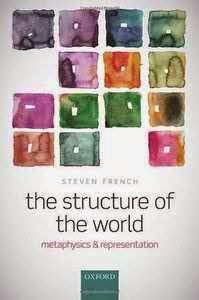How to Squeeze a Lemon: 1.023 Kitchen Tips, Food Fixes, and Handy Techniques
Ever wonder how to cut lemon wedges so they won't squirt you in the eye? Or what to do with those overgrown zucchinis from the garden? How to save that bread that just won't rise? In How to Squeeze a Lemon, home cooks and chefs alike will find a delightful and nearly endless source of cooking information reference.
The follow-up to the IACP-award winning, How to Break an Egg, the wonderfully informative and entertaining How to Squeeze a Lemon is chock full of more than 1,000 fresh tips, kitchen-tested techniques, and smart substitutions that bedevil cooks every day, and all from the readers, contributors, and editors of Fine Cooking, one of America's favorite cooking magazines.
Ever wonder how to cut lemon wedges so they won't squirt you in the eye? Or what to do with those overgrown zucchinis from the garden? How to save that bread that just won't rise? In How to Squeeze a Lemon, home cooks and chefs alike will find a delightful and nearly endless source of cooking information reference.
The follow-up to the IACP-award winning, How to Break an Egg, the wonderfully informative and entertaining How to Squeeze a Lemon is chock full of more than 1,000 fresh tips, kitchen-tested techniques, and smart substitutions that bedevil cooks every day, and all from the readers, contributors, and editors of Fine Cooking, one of America's favorite cooking magazines.
English | 2010 | 272 pages | PDF | 6 MB




















